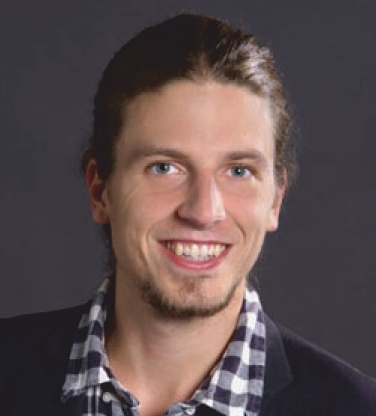Horizontal Systems (Very Shallow Geothermal Energy)
Horizontal Systems (Very Shallow Geothermal Energy)
Horizontal systems are basically geothermal heat collectors and all their special forms (heat basket, trench collector, capillary tube mats), which are installed at a depth of 1 – 5 m. In this depth range, the systems are mainly influenced by physical soil parameters, such as soil type and moisture, bulk density and climate (rain, temperature, solar radiation). The working group Shallow Geothermal Energy determines all project-relevant parameters through pedological field and laboratory investigations.
Since there are no absolutely valid determinations of the potential for these collector systems (such as a TRT for vertical systems), due to their very different shapes, among other things, very conservative rules of thumb must be used for their installation. For this reason, the working group Shallow Geothermal Energy is focusing on the precise determination of potential and adequate dimensioning of these systems. This enables a site-specific optimised and economic application of this technology even in narrowly defined urban areas.
Contact
Hans Schwarz, M. Sc.
GeoZentrum Nordbayern
Chair of Geology (Prof. Dr. Stollhofen)
- Phone number: +49 9131 85-23332
- Email: hans.schwarz@fau.de
-
Planung und Umsetzung der messtechnischen Erfassung Erdeisspeicher, Untersuchung nichttechnischer Hemmnisse
(Third Party Funds Group – Sub project)
Overall project: Erdeisspeicher und oberflächennahe Geothermie (Umsetzung)
Term: 1st March 2019 - 28th February 2022
Funding source: Bundesministerium für Wirtschaft und Technologie (BMWi) -
Cheap and efficient application of reliable Ground Source Heat Exchangers and Pumps
(Third Party Funds Group – Sub project)
Overall project: LCE-03-2014 - Demonstration of renewable electricity and heating/cooling technologies
Term: 1st June 2015 - 31st May 2019
Funding source: EU - 8. Rahmenprogramm - Horizon 2020
URL: http://cheap-gshp.eu/To reduce the total cost of low enthalpy geothermal systems by 20-30 % the project will improve actual drilling/installation technologies and designs of Ground Source Heat Exchangers (GSHE’s). This will be combined with an holistic approach for optimum selection, design and implementation of complete systems across different underground and climate conditions. The proposal will focus on one hand on the development of more efficient and safe shallow geothermal systems and the reduction of the installation costs. This will be realized by improving drastically an existing, innovative vertical borehole installation technology of coaxial steel GSHE and by developing a helix type GSHE with a new, innovative installation methodology. These GSHE’s will be installed to a depth of 40 – 50 meters ensuring improved safety and faster permitting.
-
Improving Thermal Efficiency of horizontal ground heat exchangers (Marie Sklodowska-Curie Individual Fellowship)
(Third Party Funds Single)
Term: since 1st April 2015
Funding source: Marie-Skłodowska-Curie Actions (MSCA) -
“GeoSurf” – Neuentwicklung eines Messsystems zur Ermittlung geothermischer Bodenkenngrößen zur effizienteren Planung von oberflächennahen geothermischen Anlagen
(Third Party Funds Group – Sub project)
Overall project: “GeoSurf” – Neuentwicklung eines Messsystems zur Ermittlung geothermischer Bodenkenngrößen zur effizienteren Planung von oberflächennahen geothermischen Anlagen
Term: 1st January 2015 - 31st December 2016
Funding source: Bundesministerium für Wirtschaft und Technologie (BMWi) -
Area mapping of superficial geothermic resources by soil and groundwater data
(Third Party Funds Group – Sub project)
Overall project: Area mapping of superficial geothermic resources by soil and groundwater data
Term: 1st September 2010 - 31st August 2013
Funding source: Sonstige EU-Programme (z. B. RFCS, DG Health, IMI, Artemis)






